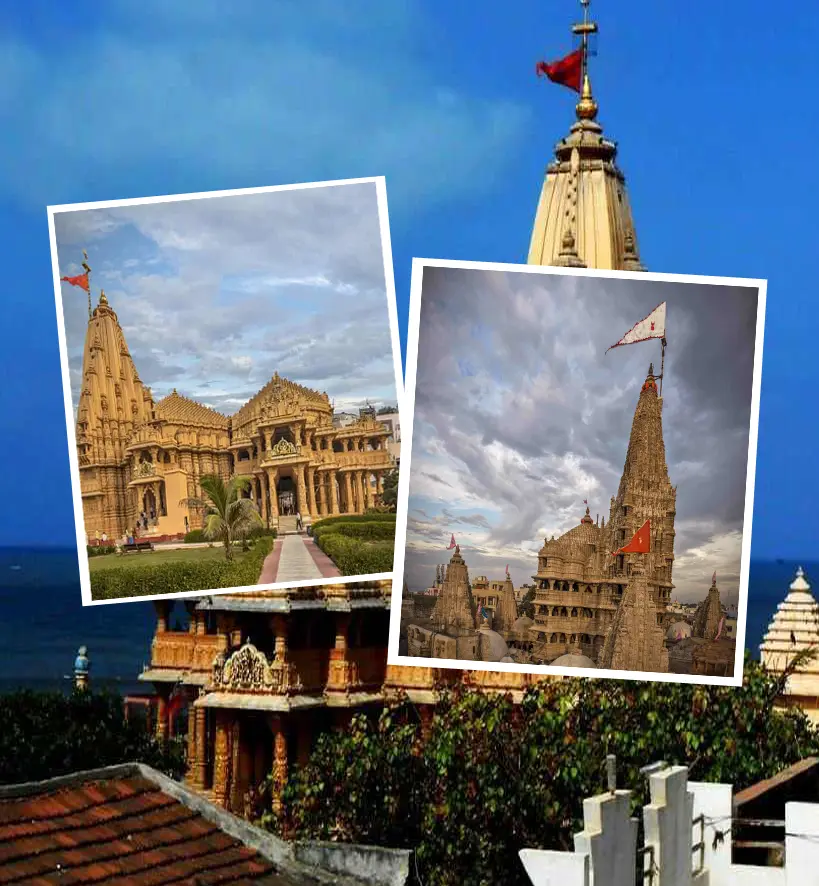Sabarmati Ashram was the residence of Mahatma Gandhi from 1917 to 1930. It is a symbol of the Indian independence movement, where Gandhi ji and his followers launched the Salt March in 1930, a key event in India’s struggle for independence. The ashram is now a museum that showcases his life, philosophies, and contributions to India’s independence.
Sabarmati Ashram
Sabarmati Ashram is located at Sabarmati near Ahmedabad at the river side of Sabarmati and it is the pride of the freedom fighters of India. Famous for Indian freedom movements, this ashram was established in 1917 by the Father of our nation Mahatma Gandhi and was the nerve center for many movements surrounding British salt law, particularly the well-known Dandi March.
Key Attractions at Sabarmati AshramVisitors to the Sabarmati Ashram can explore several significant areas:
● Hriday Kunj: This cottage was his home for some years having his ownership at the ashram. It remains preserved for today where tourists can have an insight of the humble life of Gandhi.
● Museum: It will be interesting to record that the ashram incorporates quite a number of photographs of Gandhi, letters, and even some of his personal things that document his life and efforts.
● Charkha Gallery:Charkha Gallery: The gallery has depicted the spinning wheel as a source of self employment & economic independence during the swadeshi movement.
● Upasana Mandir: A prayer ground which is an open space where Gandhi used to conduct prayers and contemplate issues of social justice.
● Magan Niwas: Named after Gandhi’s nephew, Maganlal Gandhi who was an ashram manager, this section displays the work done by him in the ashram.
Sabarmati Ashram was very active in the freedom struggle under the leadership of Gandhi through non-violent movement. Starting the process of Civil Disobedience Movement with the Dandi March was also initiated from this ashram only. And it turned into the center for the promotion of non-violent existence and the principles such as the principles of truth and self-reliance. The ashram did not only influence the Indian independence movement but also served as a liberator of people’s souls to live a simple life and serve the nation.
Plan Your Visit with Gujarat TripsSabarmati Ashram is one of the famous places to visit and the information about the trip can be found in the services of a credible travel partner like Gujarat Trips. Sabarmati Ashram is one among the consultations rendered by the Gujarat Trips when planning the travel trip for the tourists in Gujarat. For those who love history or for those who wish to know more about the history of India, Gujarat Trips are the best that can organize a trip well.
Reasons to Choose Gujarat Trips ● Tourist guides give special information about the history and culture of the place.
● Comfortable transportation and accommodation.
● Easy booking procedure and round the clock customer service.
Travel with Gujarat Trips and explore the rich essence of India’s freedom struggle. This place revives the historical glory of Sabarmati Ashram. Now, start planning your trip with Gujarat Trips and you will enjoy every moment.
Frequently Asked Questions
-
What is Sabarmati Ashram?
-
Where is Sabarmati Ashram located?
Sabarmati Ashram is located in Ahmedabad, Gujarat, on the banks of the Sabarmati River. It is around 3 km from the main city center and easily accessible by road, making it a must-visit destination for those interested in Gandhi's legacy.
-
What are the opening hours of Sabarmati Ashram?
Sabarmati Ashram is open every day, including Sundays, from 8:30 AM to 6:30 PM. It remains closed only on national holidays like Gandhi Jayanti (2nd October), when special events and ceremonies take place.
-
Is there an entry fee for visiting Sabarmati Ashram?
Entry Fee: There is no entry fee for visiting the Sabarmati Ashram. It is free for all visitors.
However, there may be charges for special exhibitions or events organized within the ashram, and a fee might be applicable for the Gandhi Smarak Sangrahalaya (museum) and other specific attractions. -
What can I see at Sabarmati Ashram?
The ashram offers a variety of exhibits and attractions:
Gandhi Smarak Sangrahalaya (Museum): A museum that displays artifacts, photographs, and documents related to Gandhi ji’s life and struggles.
Hriday Kunj: The small room where Mahatma Gandhi stayed, which remains preserved as it was during his time. It houses his belongings and personal items.
Hand-spinning Charkha: The ashram is famous for the charkha (spinning wheel), which Gandhi used to promote self-sufficiency and the Swadeshi Movement. You can see charkhas in operation during your visit.
The Sabarmati Riverfront: The ashram is situated near the river, and visitors can enjoy the peaceful surroundings and the historical significance of the location.
Gandhi’s Letters and Writings: Many of Gandhi’s letters, writings, and speeches are on display in the museum, providing deep insights into his philosophy.



















